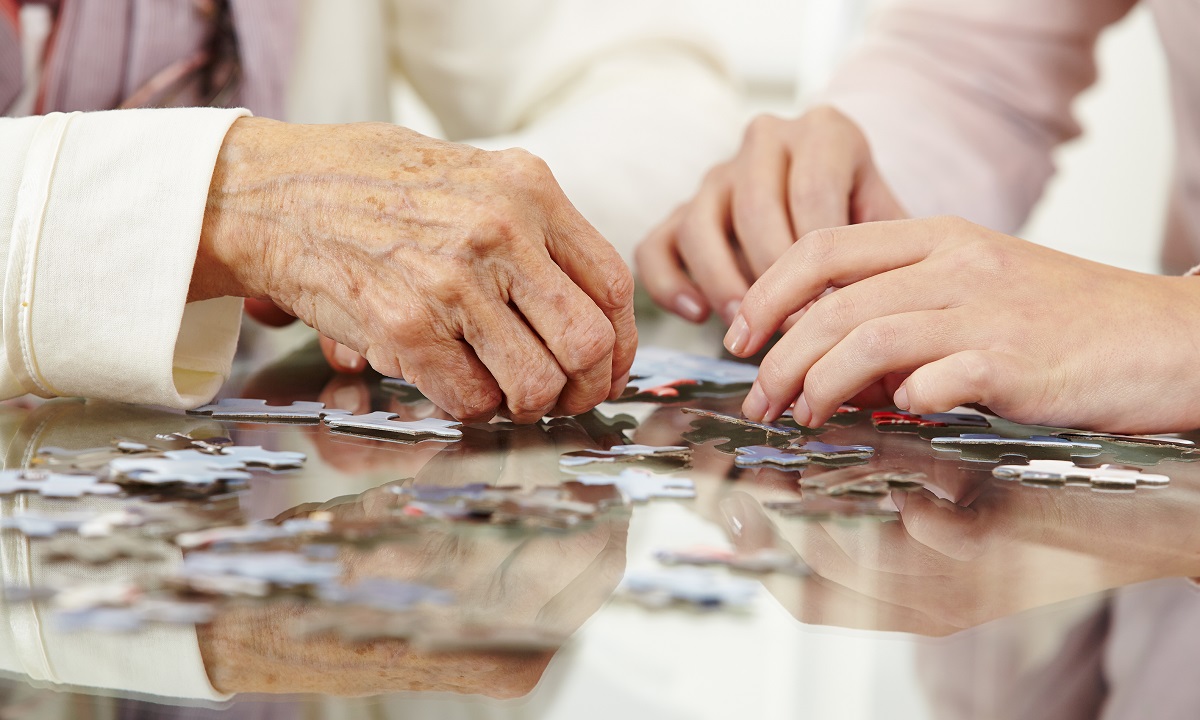Linda Sinclare was diagnosed with Alzheimer’s Disease at the age of 62 in 2011. Paul and Linda have been married for 20 years and live in South London.
Live-in care started at a time of crisis in 2016: in search of her childhood home, Linda had become lost and disorientated on numerous occasions and had been brought home by a stranger or the police. It was an unsustainable situation. Paul has a chronic lung disease, he was unable to keep up with her and persuade her to come back. At the time she was physically stronger than him, and very determined.
The first live-in carer was engaged on a short-term basis, to walk with Linda whenever she wanted to go out and to bring her back safely. Paul found this additional help to be of enormous benefit, and, to his surprise, Linda accepted the companionship of the carer without question. This was one of Paul’s biggest concerns: that Linda would reject the carer, amidst feelings of indignance and embarrassment.
It quickly became clear that Linda needed more attention and care than Paul could provide singlehandedly. So, the temporary arrangement for live-in care was made long-term and a routine was established for two carers to work on a 2-week turnaround basis.
Paul reflects that he was fortunate in many ways: he had already been thinking that live-in care might be a solution in the future, for him or Linda, or for them both, and he had extended the house to accommodate an extra bedroom and bathroom ahead of time. He had had good advice 17 at the right time and unwavering support from neighbours, family and friends; and he and Linda could afford to pay for the service.
What makes live-in care a success?
Paul’s view: “It’s all about developing an understanding with the carers from the outset and embracing them as part of your family. It is an intimate relationship, the carers are part of every aspect of your daily life, they need to feel relaxed, to have their own space and privacy, to be appreciated, and to feel sufficiently comfortable to know that their advice and constructive criticism will be welcomed”.
As Linda’s condition has progressed, everyone has had to adjust. “As you begin to adapt to a new phase or problem, something else changes and you have to fine tune or rethink your approach. It’s a real team effort combining my knowledge of Linda past and present with the carer’s breadth of experience”. Paul takes care of Linda when the carer has a break each day, and this works well.
“There may come a time when we need additional care, someone for the night-time as well as during the day. Linda’s welfare is paramount. I hope that she will be able to continue living at home until the end, but I have had to learn to be open-minded and cope with uncertainty”.
SHARE
Explore more




